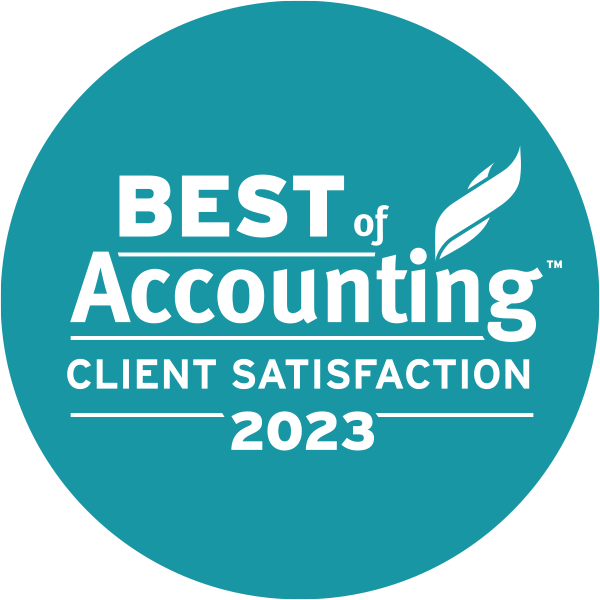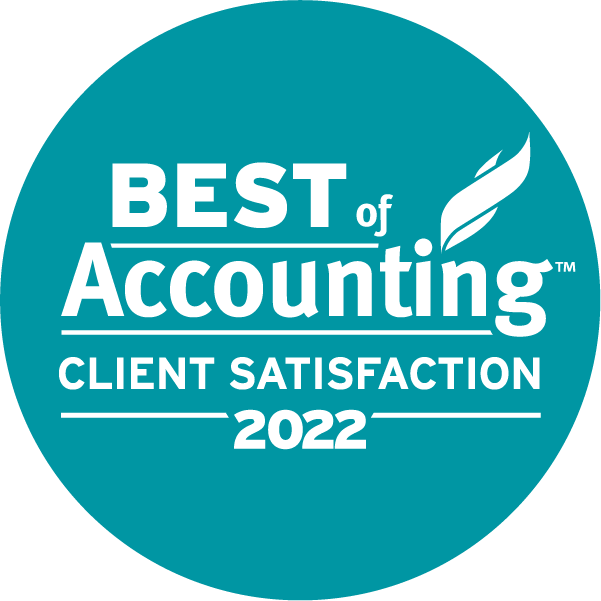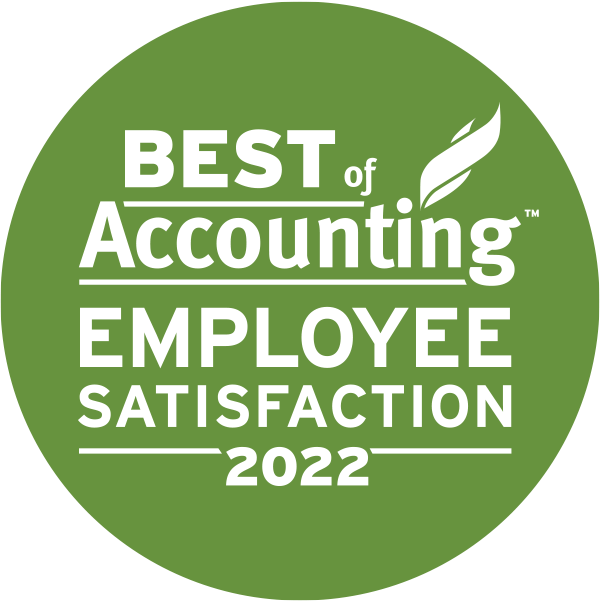As an accountant, one of the most enjoyable aspects of my job is meeting with my clients to talk about their businesses. When I ask them how business is going, a typical response is “things are really busy.” While being busy is often a good thing, it is important to remember that it does not necessarily mean that the business is profitable. Owners often get wrapped up in the day to day activities of their business and do not take the time to review their financial statements on a regular basis to see how they are doing.
The goal should be for your business to be both busy and profitable. If a review of your income statement reveals that profits are lower than you would like, consider some of the following practical changes that you could implement which could help increase your profits.
Sell more to existing customers
Your existing customers already like and trust you. Look for ways to encourage more sales to these customers. It is easier and less costly to sell them more than to find new customers. Do your customers know all the products/services you can provide to them? Leverage your relationship with them to have a conversation about ways that you can help them with additional products/services.
Focus on your most profitable products/services
Analyze your business segments and do a profitability analysis (your accountant can help!). Once you identify your products/services with the most potential and/or profit margins, focus your efforts on driving business growth in those segments. You may even discover that some products/services are not profitable and are costing valuable resources and efforts that could be redirected to more profitable areas of the business.
Increase prices
Costs for most businesses continue to rise, so if you are not adjusting your pricing to absorb cost increases, your profitability will continue to decline even if your sales stay the same. Have you increased your prices in the past year? Are you getting paid for the value you are providing your customers? Think about your pricing to make sure that you are not shortchanging yourself. Small price increases will often go unnoticed.
Provide an incentive for large orders
If your business sells products, consider providing a price incentive for large orders. The time and effort involved in the processing and servicing of many smaller orders is much higher than a larger order. Consider those costs and provide for a price incentive for larger orders as you will likely come out ahead.
Get jobs done more efficiently
If your business involves projects that take several months to complete, take a detailed look at how the project is managed and implemented. Having a detailed plan that is well organized and having all materials required for the job available before they are needed enables your team to get the job done more efficiently. The quicker they can get the job done, the lower your costs and higher your profit will be on the job.
Produce more with the same overhead and staff
Does your business have excess capacity? Is there a way that you can achieve higher sales using the same overhead and staff? Alternatively, if you have excess overhead and staff consider whether there are ways to downsize to eliminate unnecessary expenses.
Look for ways to increase profit margins
Take a detailed look at your direct costs to determine if there are ways that you can reduce these costs. This can include asking suppliers for preferred pricing and/or volume discounts and explore other suppliers to see if there are lower cost alternatives. (Keep in mind that volume discounts are not always the right decision as you must also consider the additional potential costs of financing, shrinkage, obsolescence, etc.)
Review productivity
Analyze staff for productivity and look for ways to improve low performers and if unsuccessful, replace them.
Leverage technology
If your business has been operating the same way for many years, there may be new ways of doing things and new technologies that can be leveraged that could increase productivity, make the business more effective and decrease costs. Tap into the knowledge of younger staff who may be able to research and implement the use of technology.
Running a successful business ultimately hinges on providing quality products/services at a price that generates profits. I challenge you to consider taking a detailed look at 2 or 3 of the above suggestions and see if there are improvements that can be made in your business. You would be surprised how small changes can make a big difference. For example, if a business that has sales of $1,500,000 increases its prices by 3%, it would increase profits by $45,000 with little effort or expense.
If you would like more information on how we can assist you in making your small business more profitable, contact Dianna Larkin, CPA, CA.
Contact Us




